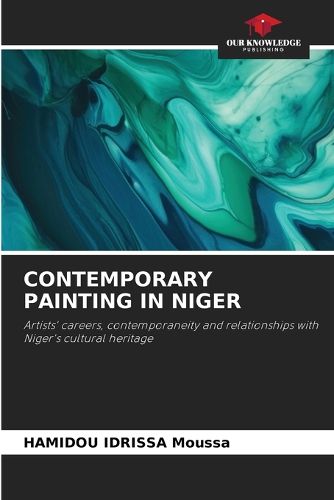Readings Newsletter
Become a Readings Member to make your shopping experience even easier.
Sign in or sign up for free!
You’re not far away from qualifying for FREE standard shipping within Australia
You’ve qualified for FREE standard shipping within Australia
The cart is loading…






From the second half of the 20th century onwards, the revolution initiated by modern art at the end of the previous century, which consisted in breaking the codes of traditional Western art, was continued by contemporary artists (from 1945 onwards). Contemporary art soon conquered the whole world. In Africa, it was introduced in the first half of the 20th century through schools opened or run by Western artists in the service of the colonial administration. It is therefore a legacy of colonization. African artists, however, have not hesitated to visit their own cultural heritages while using the mediums and techniques of contemporary art. Niger is no exception to this rule. It attempts to explain how this painting, whose first attempts date back to the 1960s, like everywhere else on the continent, owes a great deal to Westerners: almost all the painters were either discovered or trained by Western cultural cooperation. In Niger, as in other African countries, contemporary painting is a legacy of colonization.
$9.00 standard shipping within Australia
FREE standard shipping within Australia for orders over $100.00
Express & International shipping calculated at checkout
From the second half of the 20th century onwards, the revolution initiated by modern art at the end of the previous century, which consisted in breaking the codes of traditional Western art, was continued by contemporary artists (from 1945 onwards). Contemporary art soon conquered the whole world. In Africa, it was introduced in the first half of the 20th century through schools opened or run by Western artists in the service of the colonial administration. It is therefore a legacy of colonization. African artists, however, have not hesitated to visit their own cultural heritages while using the mediums and techniques of contemporary art. Niger is no exception to this rule. It attempts to explain how this painting, whose first attempts date back to the 1960s, like everywhere else on the continent, owes a great deal to Westerners: almost all the painters were either discovered or trained by Western cultural cooperation. In Niger, as in other African countries, contemporary painting is a legacy of colonization.